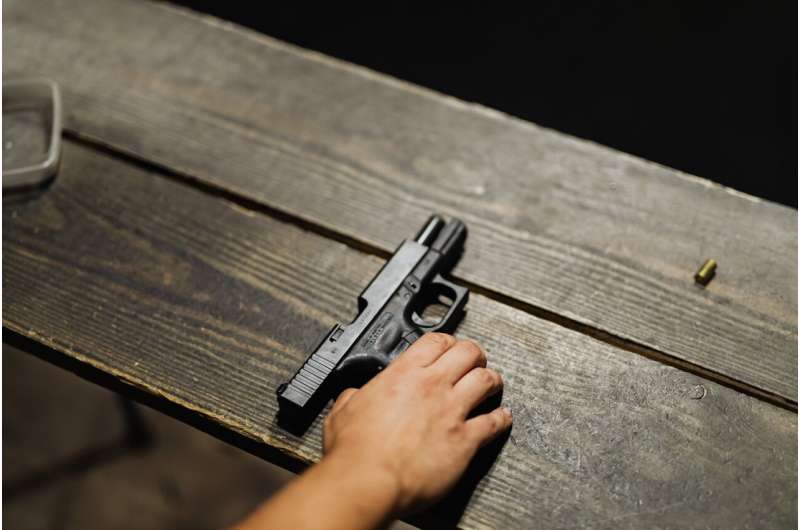

At a time when mental health problems are skyrocketing, a new study provides one of the most comprehensive state-by-state accountings to date of firearm suicides in children and youth. The findings, published in JAMA Pediatrics, are eye-opening—but could also help in crafting interventions.
Lois Lee, MD, MPH, in the Division of Emergency Medicine at Boston Children's Hospital and Kerri McKie, MD, MPH, in the Department of Surgery, led the study that analyzed national data on firearm deaths in children, teens, and young adults. Data came from the Centers for Disease Control and Prevention (CDC).
Nationally, from 2016 to 2021, there were more than 21,000 firearm deaths among children 10 to 19 years old, of which 36% were suicides. In 19 states, suicide accounted for more than half of firearm deaths in this age group. Among young adults 20 to 24 years old, there were more than 30,000 deaths in this same time period, of which 38% were suicides. In 24 states, suicide accounted for more than half of firearm deaths among young adults ages 20 to 24.
Massachusetts was among the states with the lowest proportion of firearm deaths attributable to suicide in children ages 10 to 19, less than 25%. But in Maine and New Hampshire, as well as Idaho, Montana, Wyoming, and North Dakota, the proportion of firearm deaths from suicide was more than 75%—in both age groups.
What to make of these findings? Lee, chair of the American Academy of Pediatrics Council on Injury, Violence, and Poison Prevention, notes that there are higher rates of firearm ownership in rural states. (According to the Pew Research Center, 46% of adults in rural areas say they are gun owners, compared with 28% of suburban and 19% of urban dwellers.)
"Teens who attempt suicide may not always have a history of depression," says Lee. "Teen suicide is often an impulsive act, so preventing easy access to lethal means, like firearms, is important for suicide prevention."
A fight with parents, or breaking up with a romantic partner can lead to an impulsive suicide attempt, and having a gun on hand greatly increases the chances the attempt will be fatal. "It's not that kids in these states are more likely to have suicidal ideation than in other states," says Lee. "It's that they are more likely to be able to access firearms, which are highly lethal."
The state-by-state differences can help in tailoring solutions focused on suicide prevention, Lee says.
Making mental health services more available is one important approach. But in states with high firearm ownership rates, solutions can also include secure firearm storage outside the home, such as at gun shops or shooting ranges, says Lee. In states where people tend to want their guns on hand for self-protection, biometric firearm lockboxes or safes accessed only by facial, voice, or fingerprint recognition may help protect children and teens.
More information: Kerri A. McKie et al, Variations by State in Firearm Suicide Among US Children and Young Adults, 2016-2021, JAMA Pediatrics (2024). DOI: 10.1001/jamapediatrics.2024.1128
Journal information: JAMA Pediatrics Provided by Children's Hospital BostonCitation: Firearm suicides in children and youth: A state-by-state look (2024, July 29) retrieved 16 September 2024 from https://medicalxpress.com/news/2024-07-firearm-suicides-children-youth-state.html
This document is subject to copyright. Apart from any fair dealing for the purpose of private study or research, no part may be reproduced without the written permission. The content is provided for information purposes only.